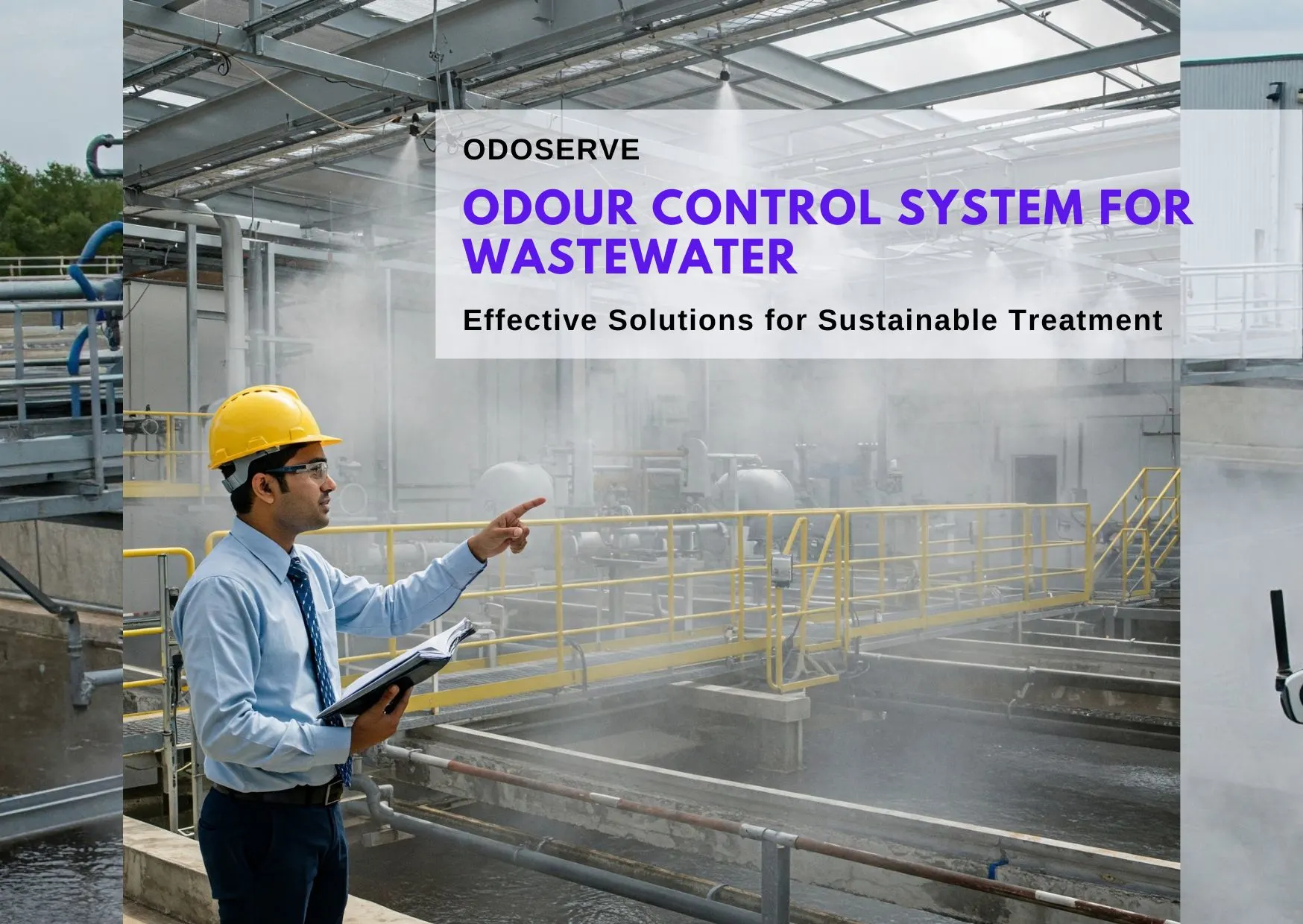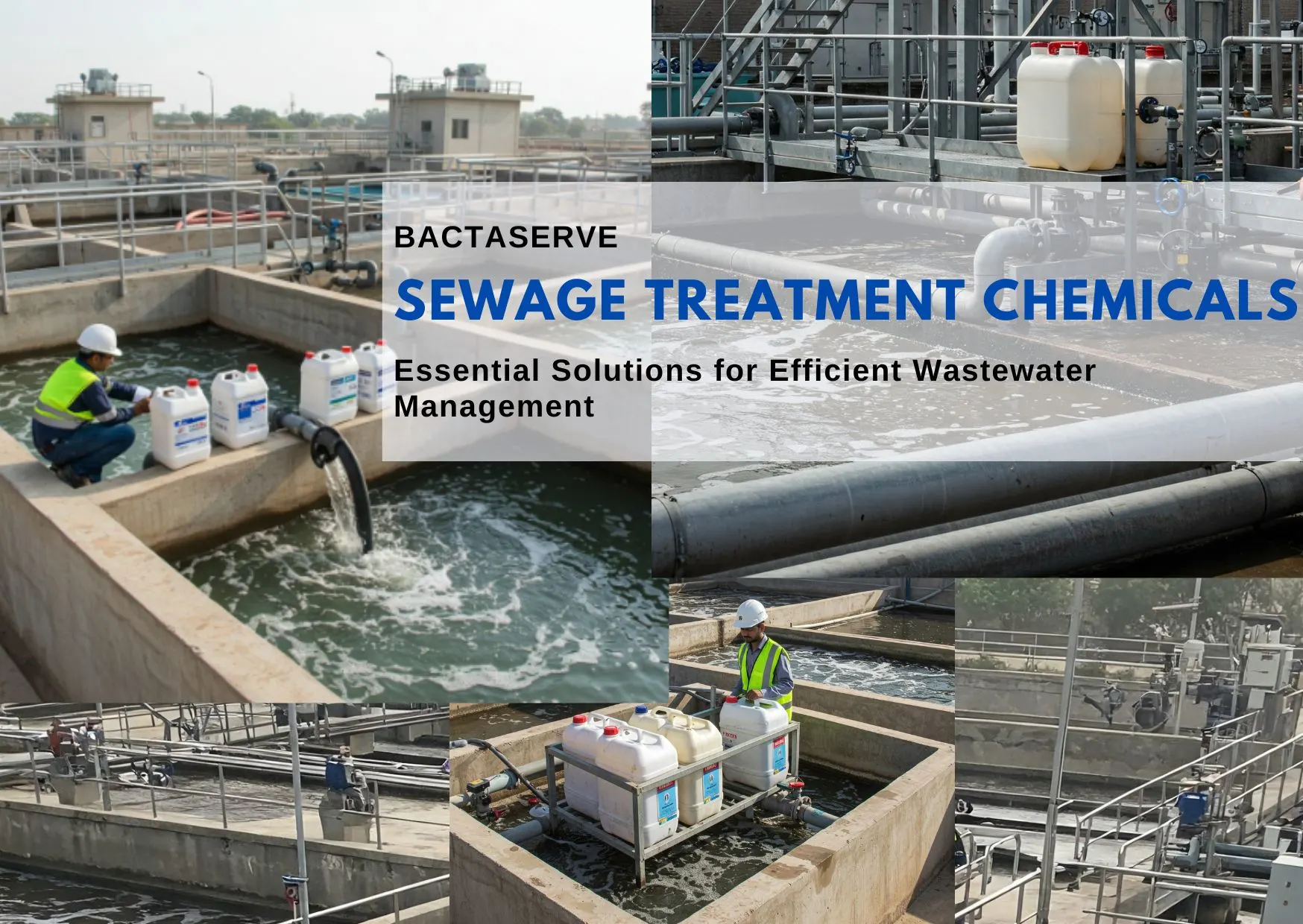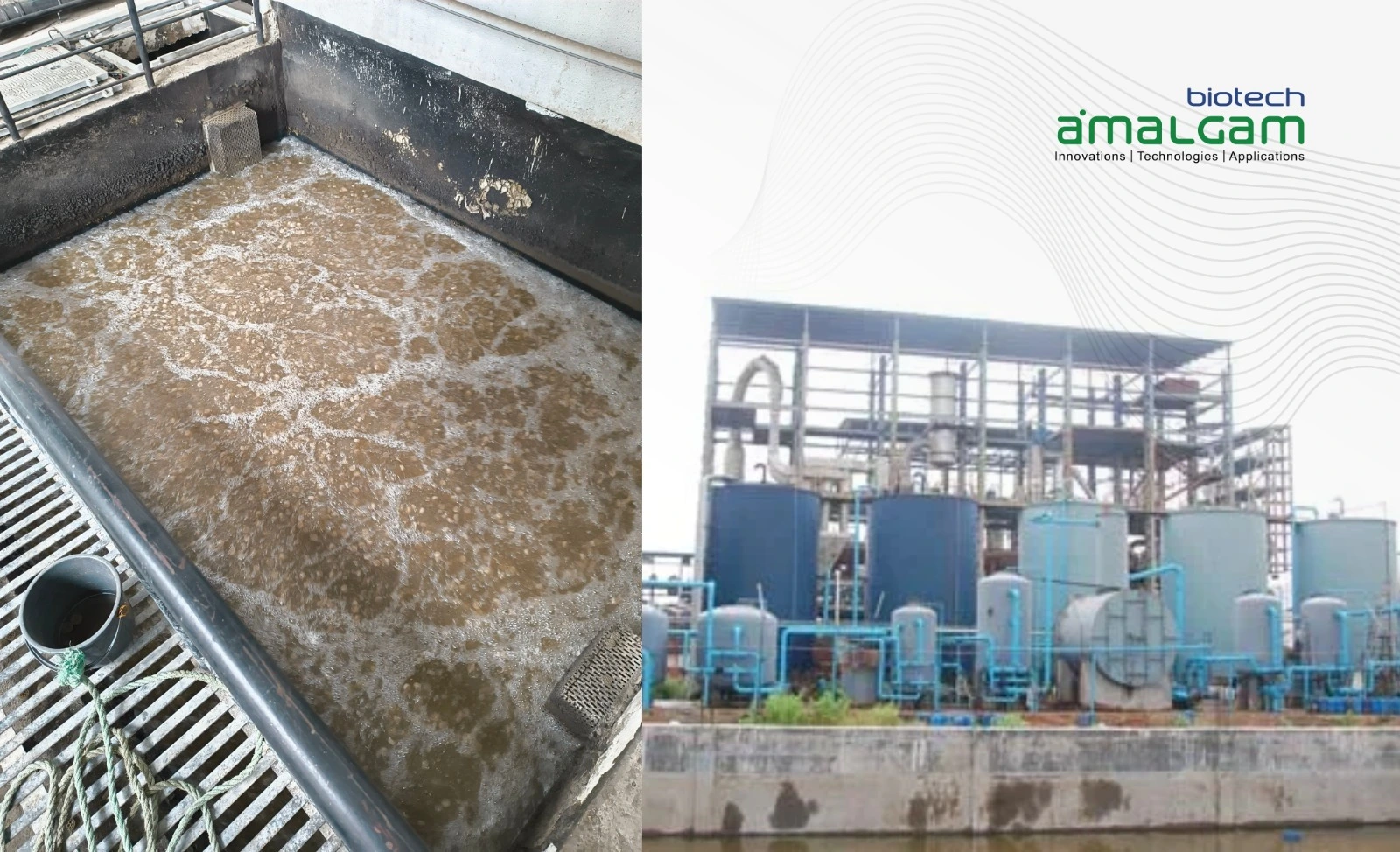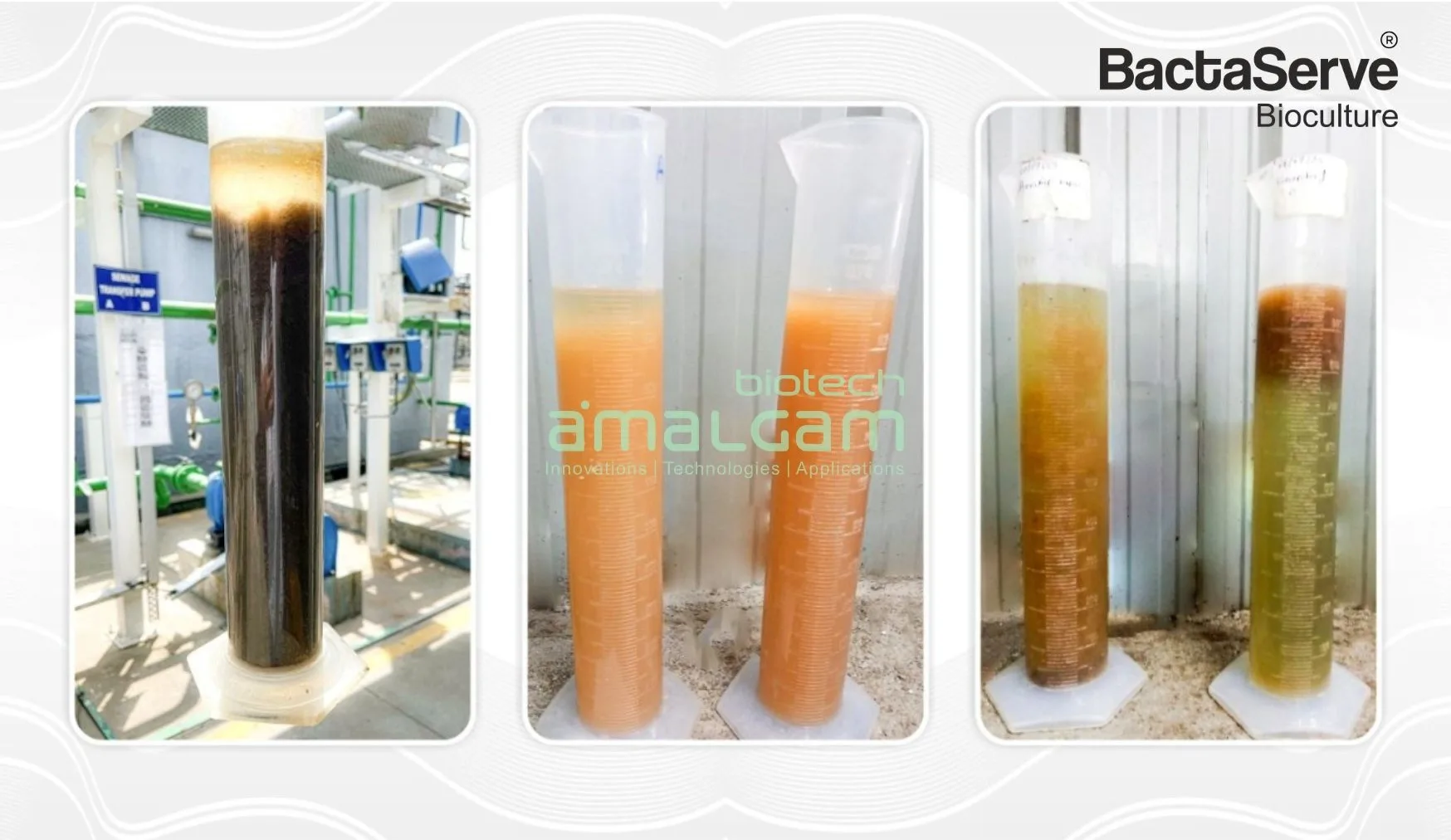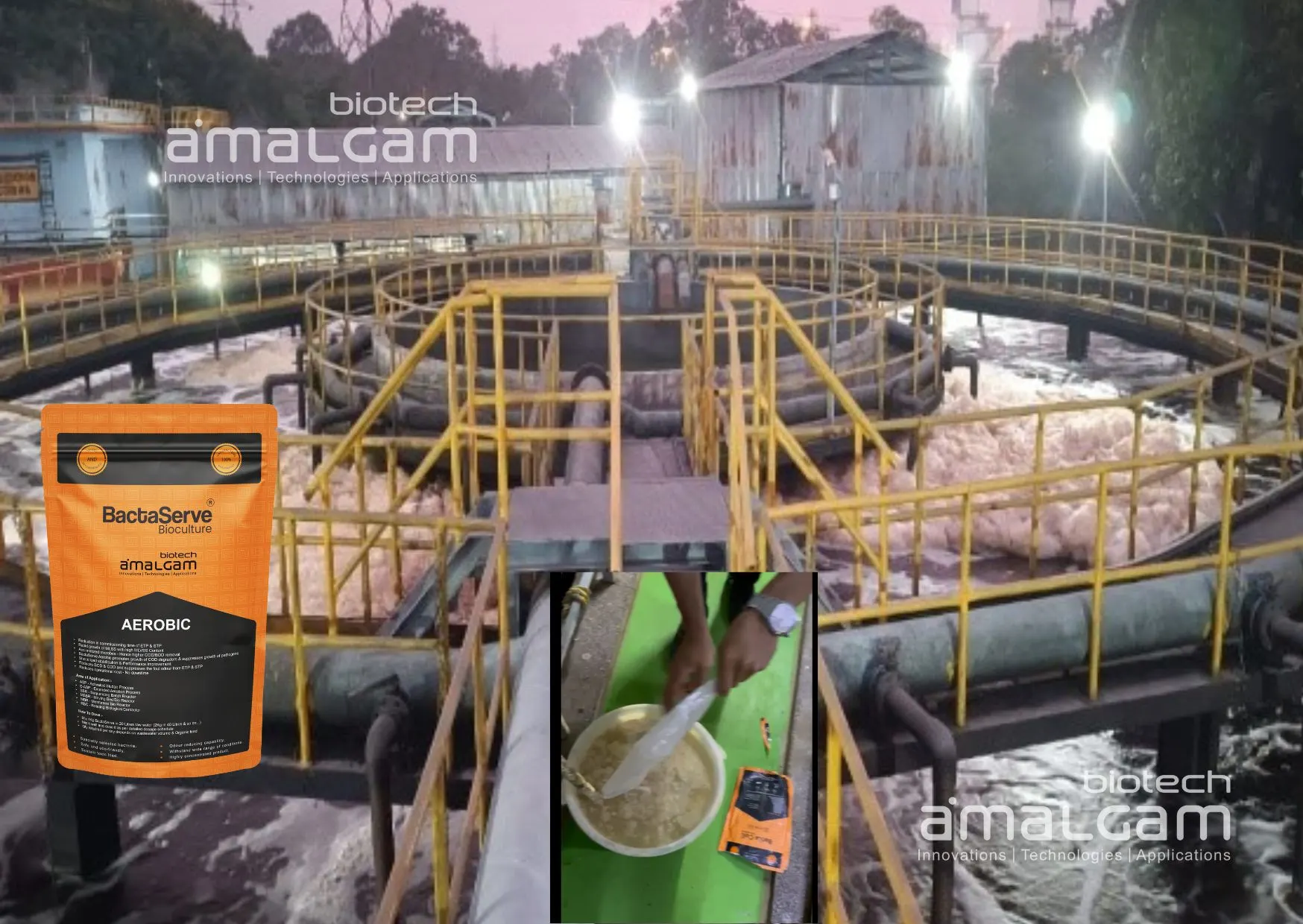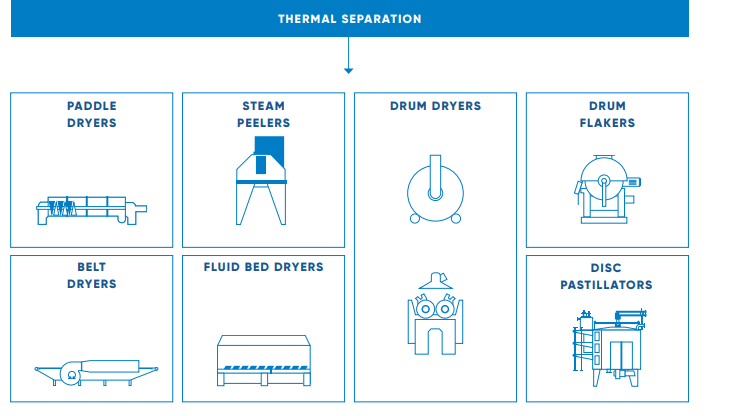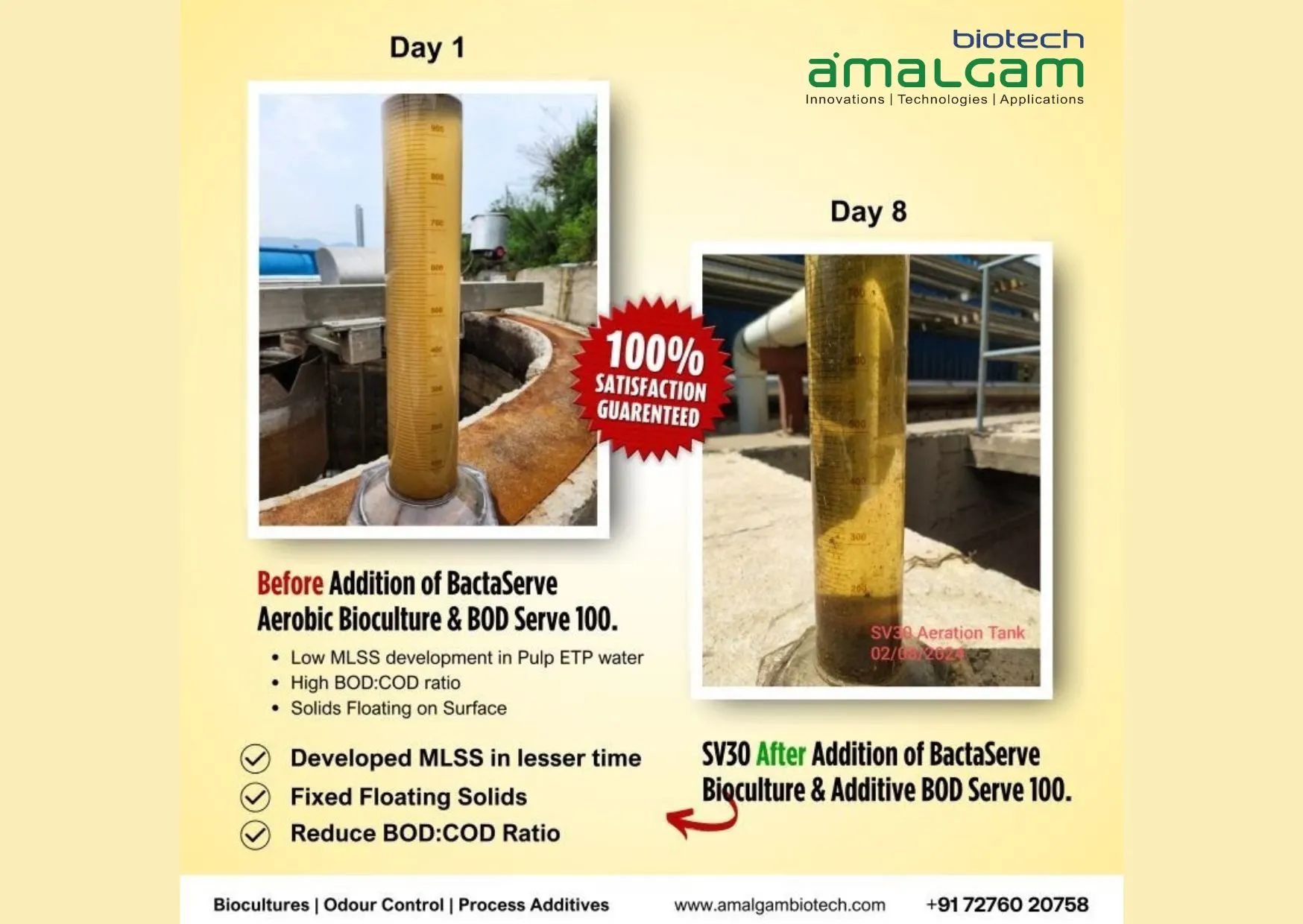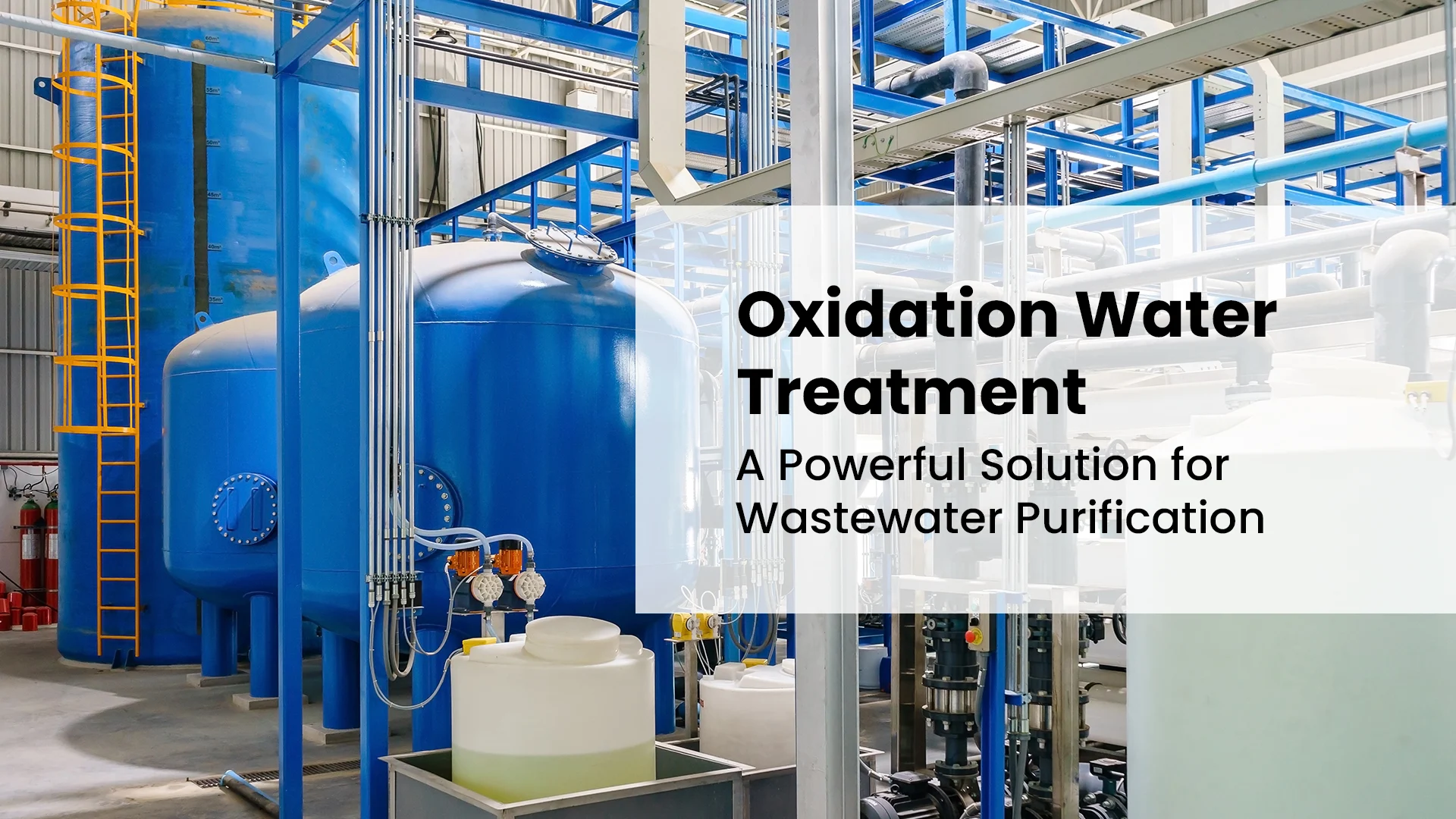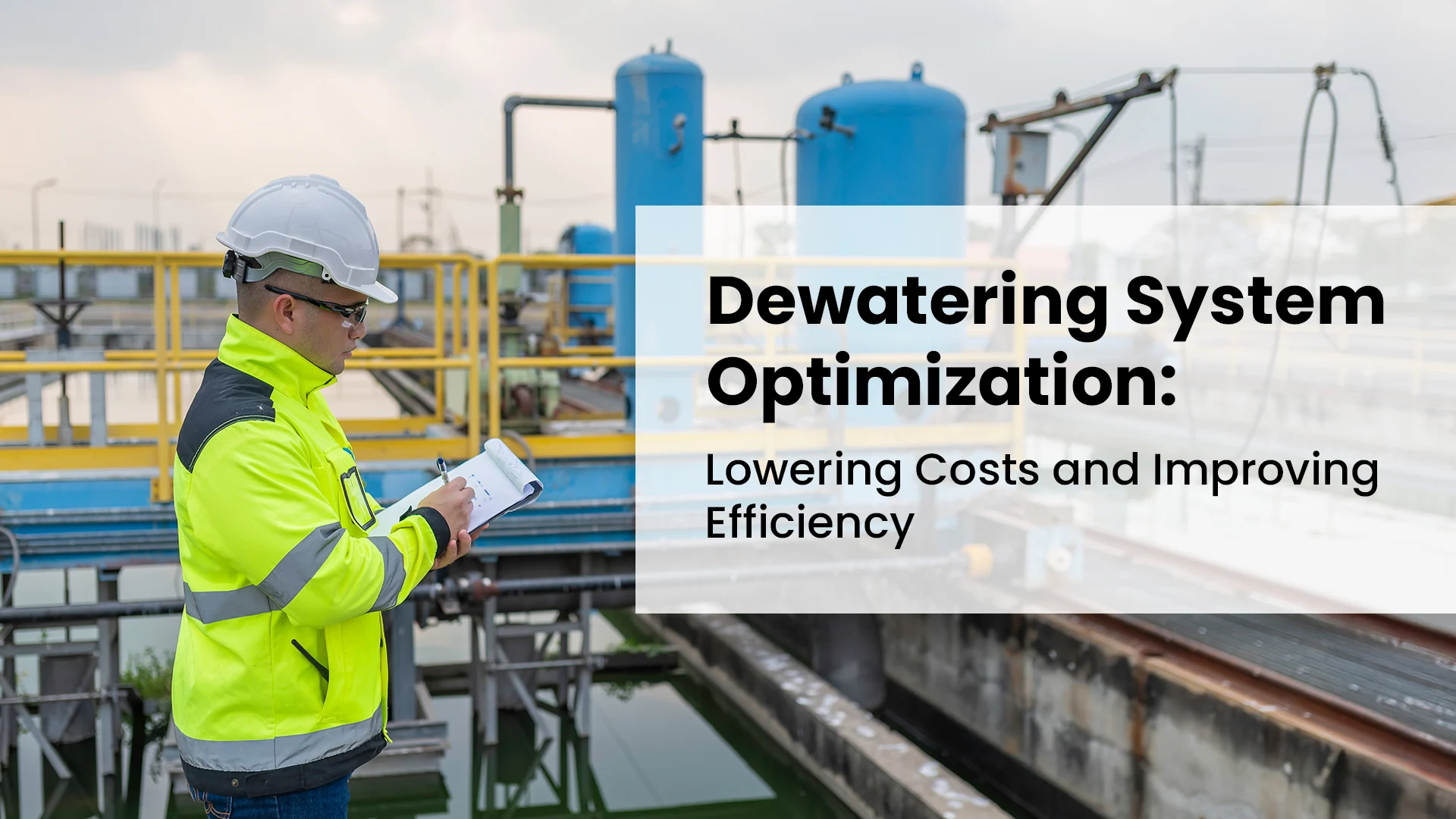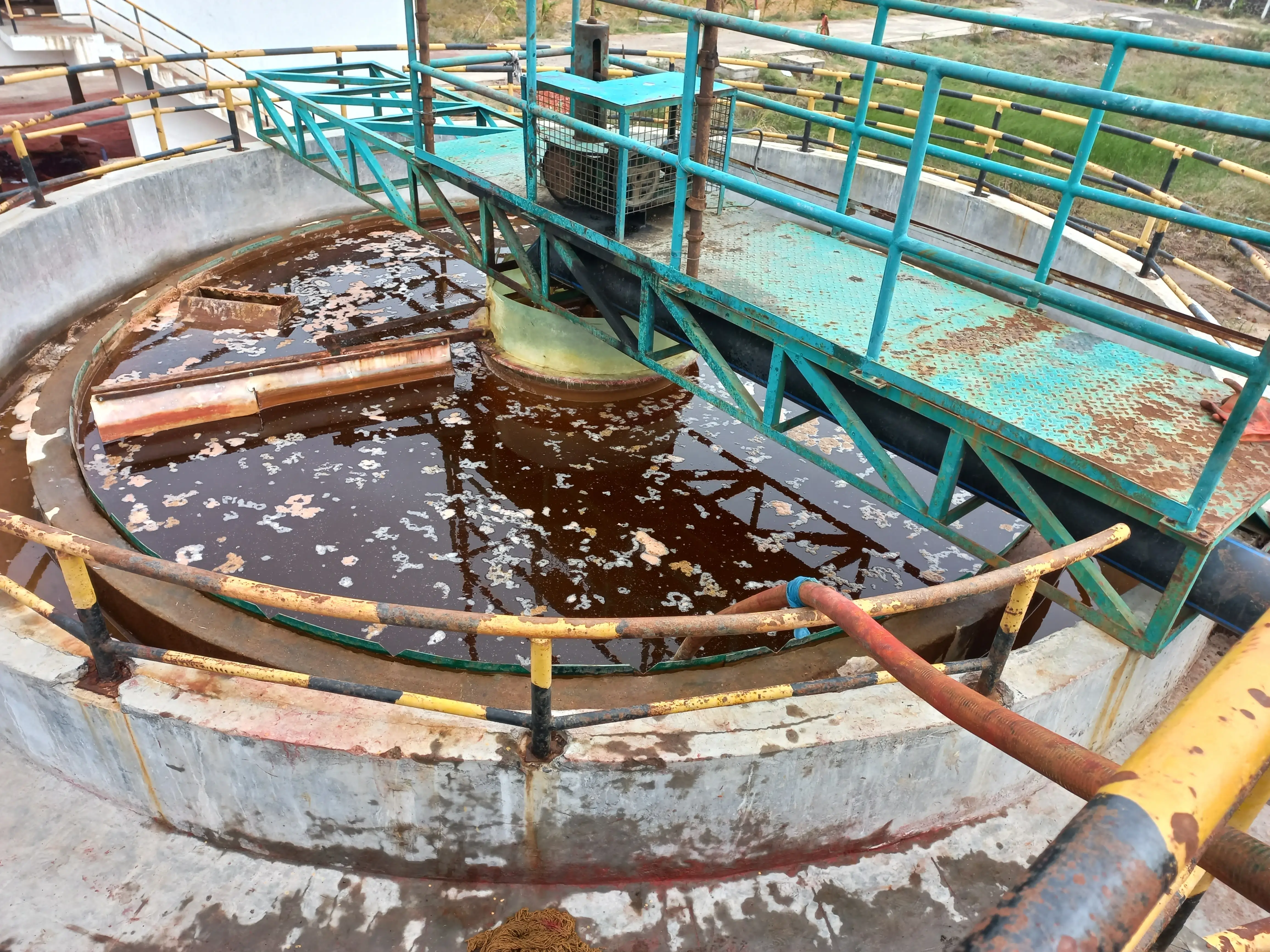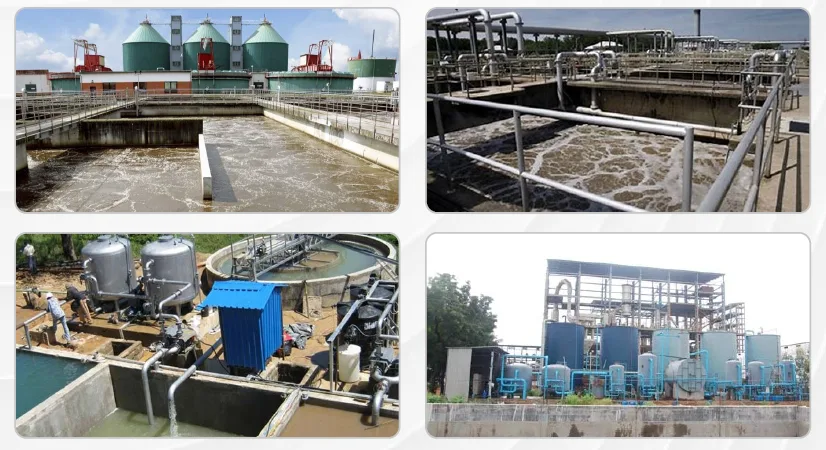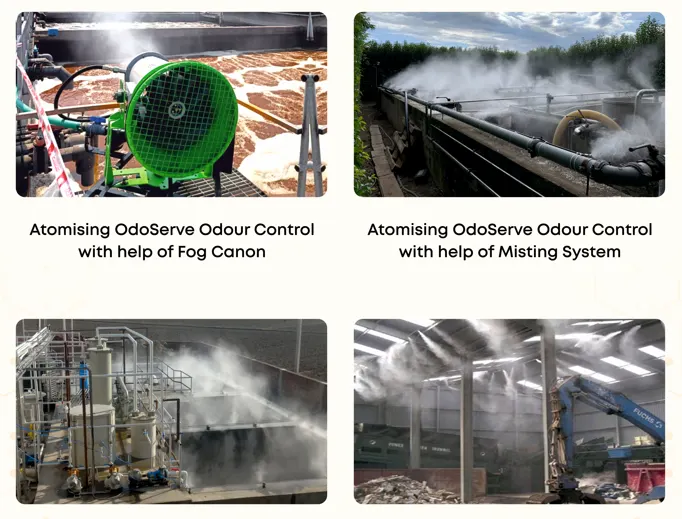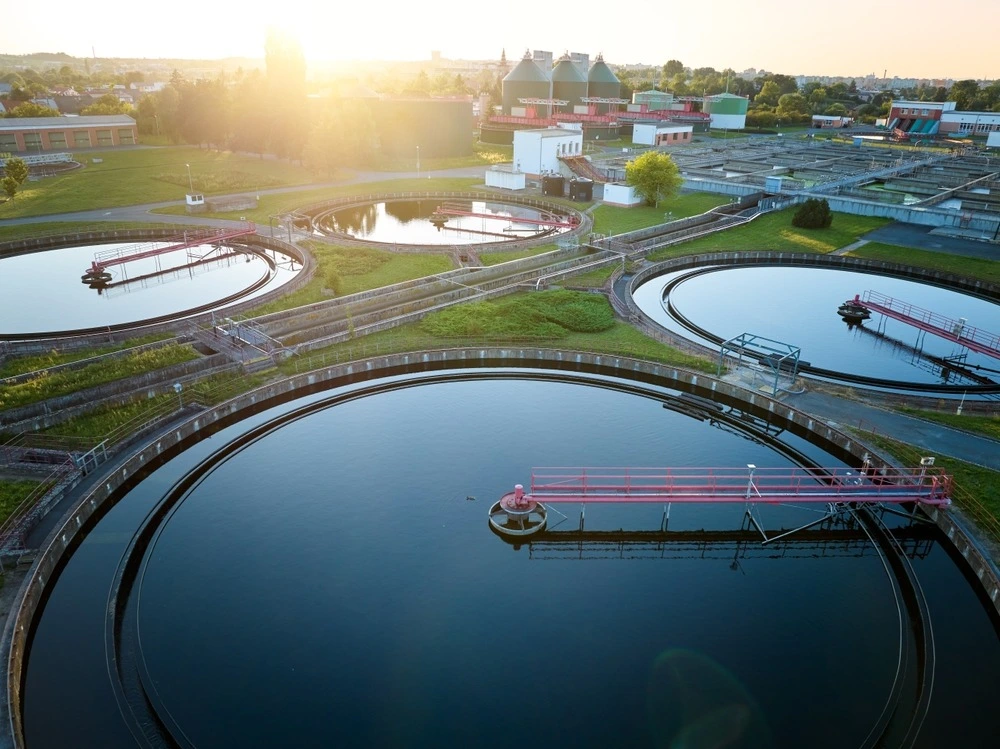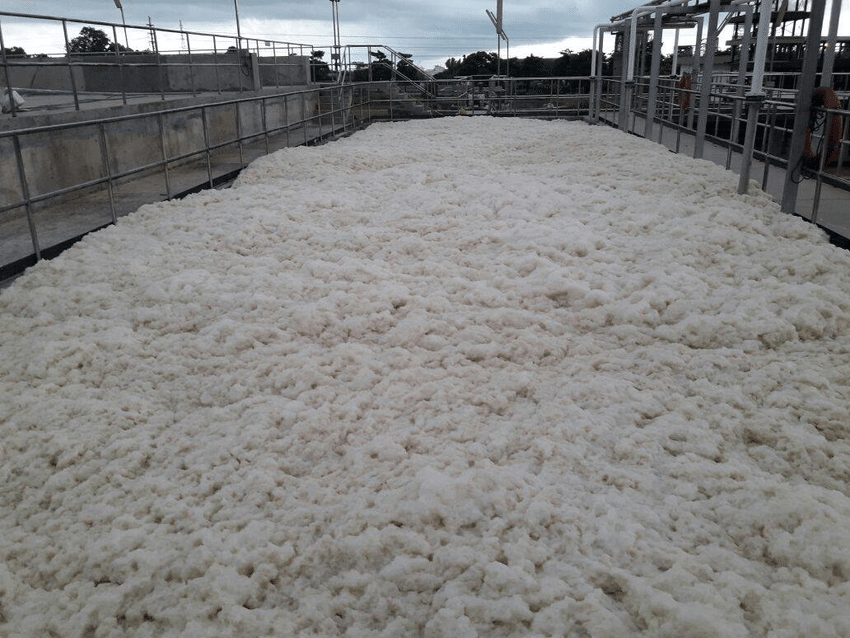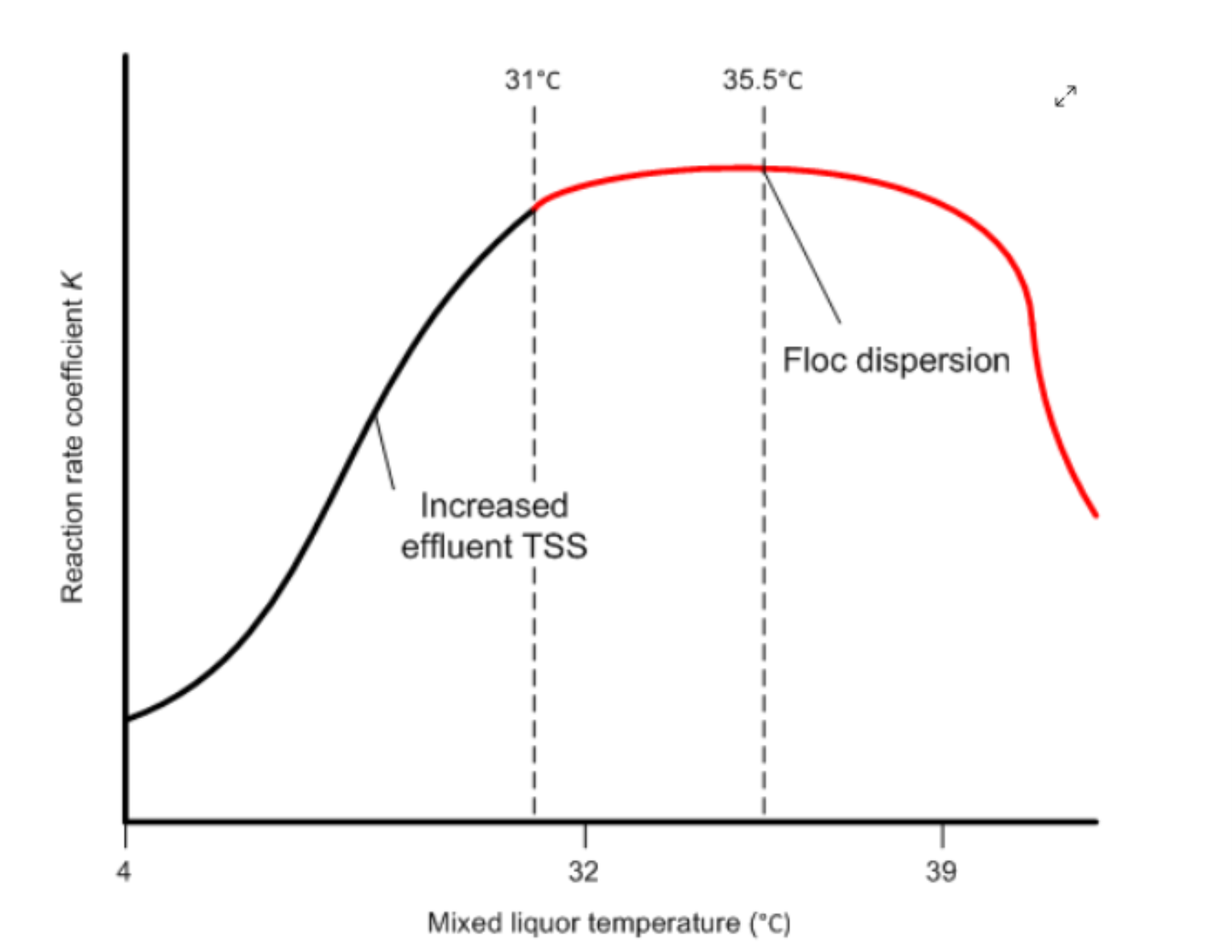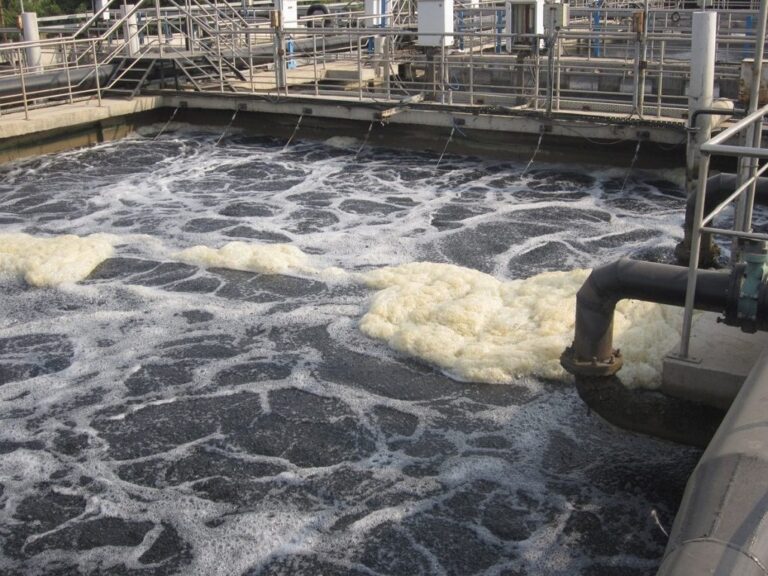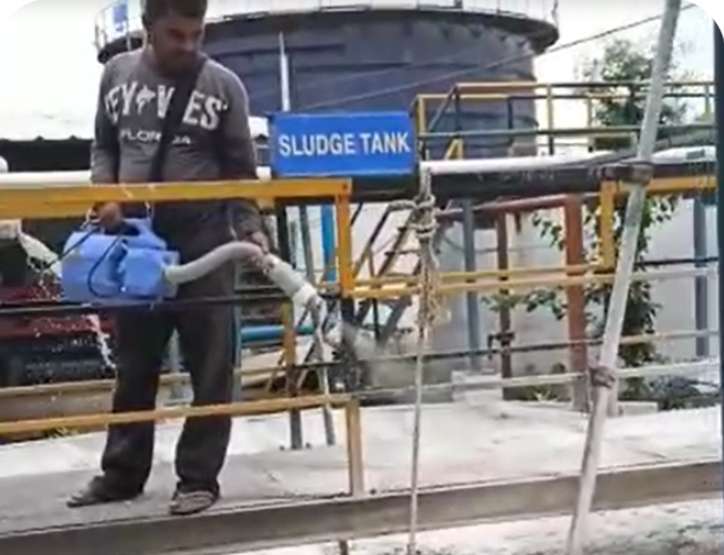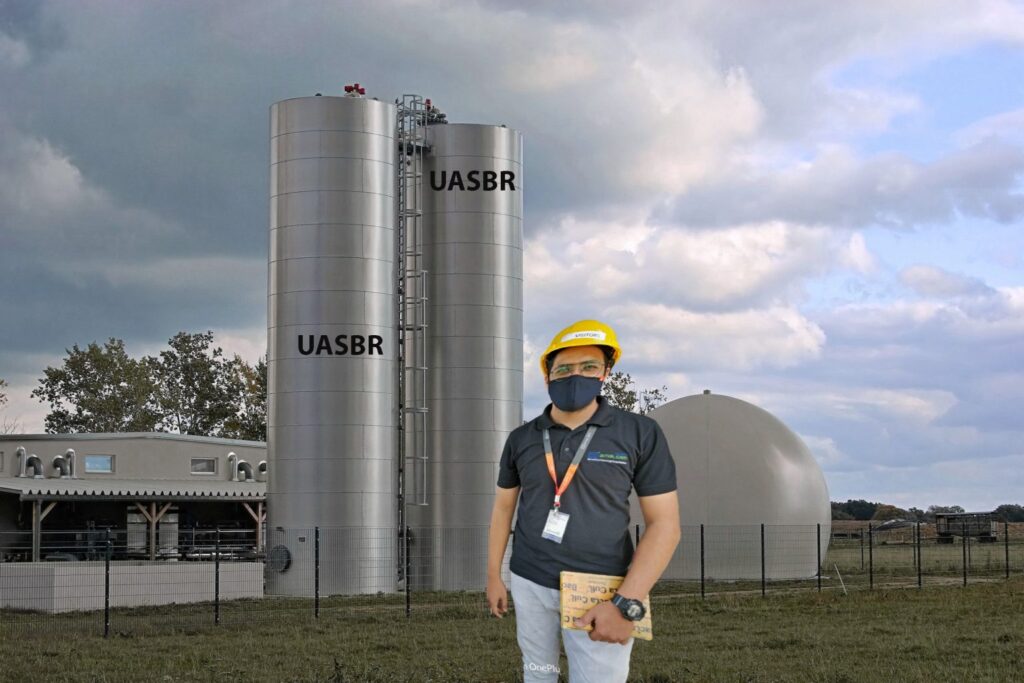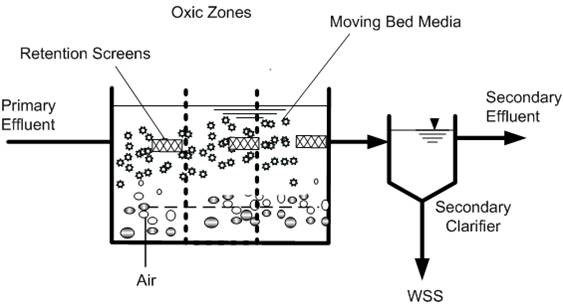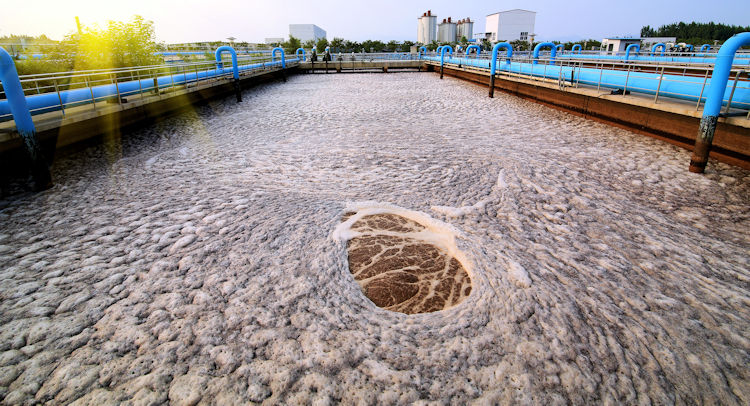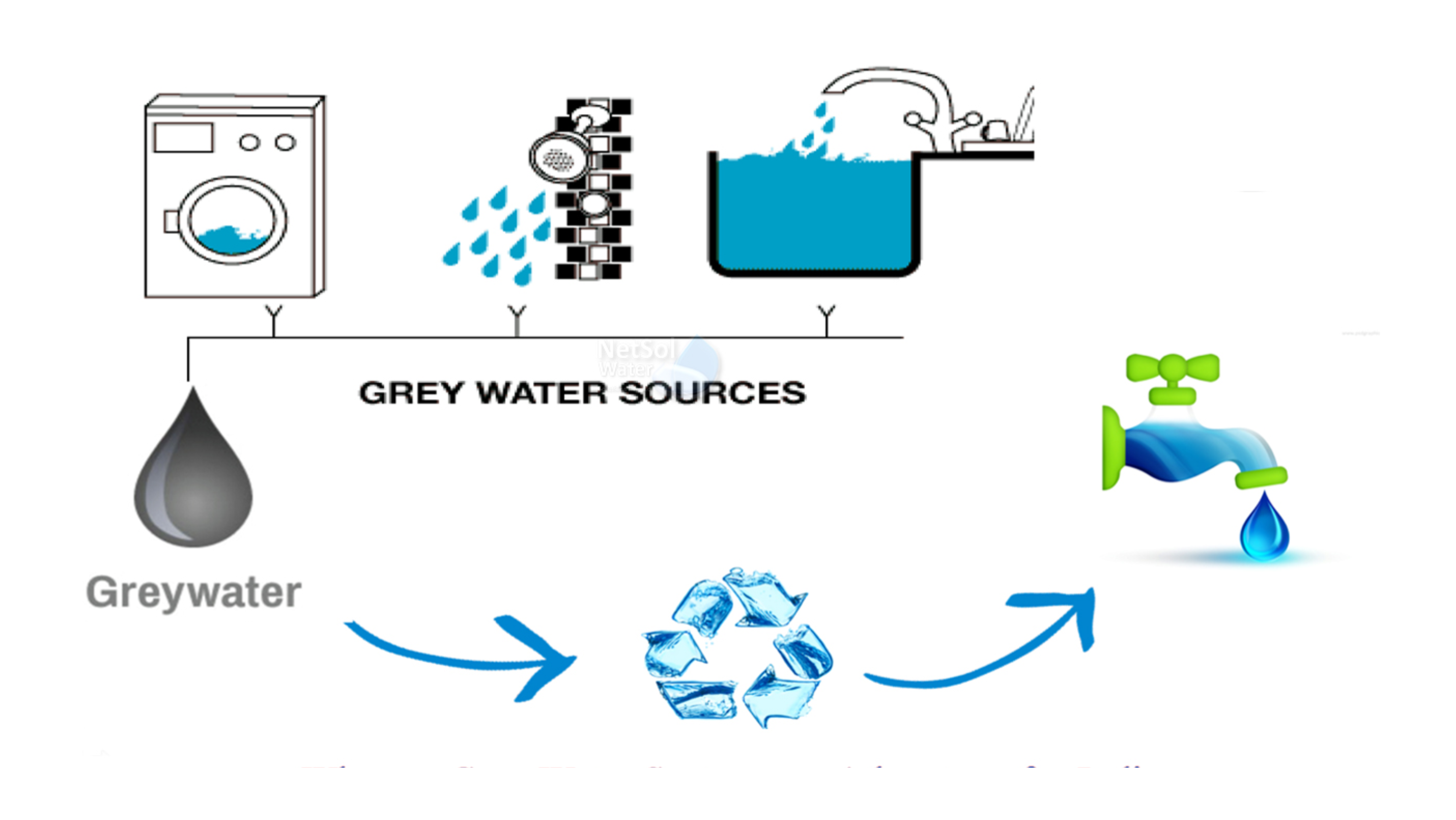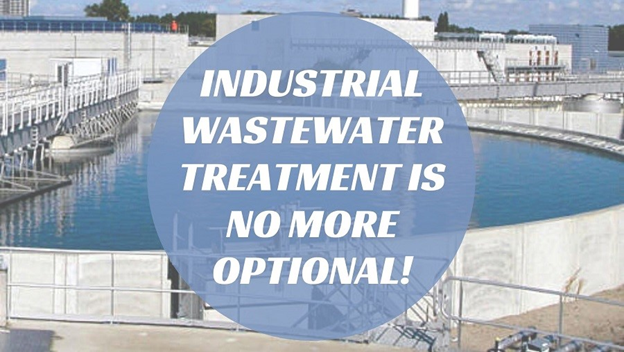Managing sludge effectively is a critical aspect of wastewater treatment. Industries and municipalities generate vast amounts of sludge as a byproduct, which, if not treated properly, can pose environmental and logistical challenges. The use of a sludge dewatering machine helps in reducing sludge volume, lowering disposal costs, and improving the efficiency of sludge management. With the right sludge dewatering equipment, industries can optimize their wastewater treatment processes, ensuring environmental compliance and sustainability.
Understanding Sludge Dewatering
Sludge dewatering is the process of removing excess water from sludge to reduce its volume and weight. This process makes sludge easier to handle, transport, and dispose of while also minimizing environmental impact. The primary objectives of using a sludge dewatering machine include:
- Reducing Disposal Costs: Less water content means lower transportation and landfill expenses.
- Enhancing Waste Management Efficiency: Helps industries comply with environmental regulations.
- Improving Sludge Reusability: Dewatered sludge can be repurposed for agricultural applications or energy recovery.
- Minimizing Environmental Impact: Properly treated sludge reduces groundwater contamination and prevents pollution.
Types of Sludge Dewatering Machines
Different industries require specialized sludge dewatering equipment to manage their specific sludge characteristics. Choosing the right machine depends on factors such as sludge composition, moisture content, and the desired dryness level. Below are some of the most effective sludge dewatering technologies:
1. Belt Filter Press
A belt filter press is one of the most common sludge dewatering machines used in municipal and industrial wastewater treatment facilities. It uses a continuous belt system to separate solids from liquids, producing dewatered sludge with reduced water content.
- Advantages: Continuous operation, energy-efficient, and cost-effective.
- Applications: Municipal wastewater treatment, food processing industries, and chemical plants.
2. Centrifuge
A centrifuge works by applying high-speed rotational forces to separate water from sludge. This technology is highly effective for treating sludge with variable characteristics.
- Advantages: High efficiency, minimal chemical usage, and compact design.
- Applications: Industrial wastewater treatment, oil and gas industries, and pharmaceutical plants.
3. Screw Press
A screw press is a low-energy sludge dewatering machine that uses a slow-speed rotating screw to extract water from sludge.
- Advantages: Low maintenance, energy-efficient operation, and reduced noise levels.
- Applications: Paper mills, textile industries, and food processing plants.
4. Plate and Frame Filter Press
This system utilizes pressure to remove water from sludge by forcing it through filter plates.
- Advantages: High dryness levels, customizable configurations, and minimal chemical use.
- Applications: Mining, pharmaceutical, and chemical industries.
5. Rotary Drum Thickener
A rotary drum thickener pre-thickens sludge before final dewatering, improving efficiency and reducing overall operational costs.
- Advantages: Enhances sludge dewatering efficiency, reduces plant footprint, and requires low energy consumption.
- Applications: Industrial wastewater treatment, municipal sewage treatment, and agricultural waste processing.
Benefits of Using a Sludge Dewatering Machine
Investing in the right sludge dewatering equipment offers numerous advantages for wastewater treatment plants and industries:
1. Cost Reduction
- Minimizes sludge volume, reducing transportation and disposal costs.
- Lowers operational expenses by improving dewatering efficiency.
- Reduces chemical consumption in sludge treatment processes.
2. Environmental Sustainability
- Prevents leachate formation and groundwater contamination.
- Reduces greenhouse gas emissions by minimizing sludge disposal in landfills.
- Enables sludge repurposing for energy generation and soil conditioning.
3. Enhanced Wastewater Treatment Efficiency
- Streamlines sludge management, improving overall plant performance.
- Reduces the burden on wastewater treatment facilities by optimizing sludge processing.
4. Regulatory Compliance
- Ensures adherence to stringent environmental regulations for sludge disposal.
- Helps industries avoid legal penalties related to improper sludge management.
Factors to Consider When Choosing a Sludge Dewatering Machine
Selecting the most suitable sludge dewatering equipment requires careful evaluation of multiple factors, including:
- Sludge Composition: The type of sludge and its moisture content determine the best dewatering method.
- Processing Capacity: The amount of sludge generated and required dewatering efficiency.
- Operational Costs: Energy consumption, maintenance requirements, and chemical use.
- Space Availability: The size and installation requirements of the dewatering system.
- Final Disposal and Reuse Options: The intended application of dewatered sludge, whether for landfill disposal, incineration, or agricultural use.
Latest Innovations in Sludge Dewatering Technology
With advancements in wastewater treatment, modern sludge dewatering machine designs have improved efficiency, sustainability, and automation. Some of the latest innovations include:
1. Automated Sludge Dewatering Systems
Automation enhances precision, reduces manual intervention, and increases dewatering efficiency.
2. Energy-Efficient Technologies
New dewatering systems focus on reducing power consumption while maintaining high-performance levels.
3. Eco-Friendly Solutions
The use of biodegradable polymers and advanced filter materials helps improve dewatering efficiency with minimal environmental impact.
Conclusion
A sludge dewatering machine is an essential component of wastewater treatment, helping industries and municipalities manage sludge efficiently. With various sludge dewatering equipment available, selecting the right technology depends on sludge characteristics, processing capacity, and sustainability goals. Implementing an effective dewatering solution not only minimizes waste and operational costs but also ensures regulatory compliance and long-term environmental sustainability. As technology continues to evolve, sludge dewatering will become even more efficient, benefiting industries worldwide and promoting cleaner, greener wastewater management practices.
Managing sludge efficiently is a crucial aspect of wastewater treatment. Industries and municipalities generate substantial amounts of sludge, which, if not treated properly, can lead to environmental concerns and increased disposal costs. The use of a dewatering press helps reduce sludge volume, lower disposal expenses, and enhance wastewater treatment efficiency. With the right dewatering machine, industries can optimize their sludge management processes while ensuring regulatory compliance and sustainability.
Understanding Dewatering Press Technology
A dewatering press is designed to remove excess water from sludge, significantly reducing its volume and weight. This process makes sludge easier to handle, transport, and dispose of while minimizing its environmental footprint. The primary objectives of using a dewatering machine include:
- Reducing Disposal Costs: Less water content translates to lower transportation and landfill expenses.
- Enhancing Waste Management Efficiency: Helps industries comply with environmental regulations.
- Improving Sludge Reusability: Dewatered sludge can be repurposed for energy recovery or agricultural applications.
- Minimizing Environmental Impact: Reduces the risk of groundwater contamination and pollution.
Types of Dewatering Equipment
Different types of sludge dewatering equipment are used across industries based on sludge composition, moisture content, and required dryness levels. Here are some of the most commonly used dewatering technologies:
1. Screw Press Dewatering
A screw press dewatering system is an energy-efficient solution that uses a rotating screw mechanism to extract water from sludge. It is particularly useful for continuous dewatering processes in industrial applications.
- Advantages: Low energy consumption, minimal maintenance, and reduced noise levels.
- Applications: Paper mills, food processing industries, and textile manufacturing.
2. Belt Filter Press
A belt filter press is a commonly used dewatering machine that employs a series of belts to separate solids from liquids.
- Advantages: Continuous operation, cost-effective, and efficient for large-scale applications.
- Applications: Municipal wastewater treatment, chemical plants, and food processing industries.
3. Centrifuge
Centrifuges apply high-speed rotational forces to separate water from sludge, making them highly efficient for treating sludge with varying characteristics.
- Advantages: High performance, minimal chemical usage, and compact design.
- Applications: Industrial wastewater treatment, oil refineries, and pharmaceutical plants.
4. Plate and Frame Filter Press
This dewatering system uses hydraulic pressure to remove water from sludge, achieving high levels of dryness.
- Advantages: Customizable configurations, minimal chemical use, and excellent efficiency.
- Applications: Mining, pharmaceutical, and chemical industries.
5. Rotary Drum Thickener
A rotary drum thickener pre-thickens sludge before final dewatering, enhancing overall efficiency and reducing costs.
- Advantages: Compact design, energy-efficient, and low operational costs.
- Applications: Industrial wastewater treatment, municipal sewage treatment, and agricultural waste management.
Benefits of Using a Dewatering Press
Investing in the right dewatering machine offers several advantages for industries and wastewater treatment facilities:
1. Cost Savings
- Reduces sludge volume, lowering transportation and disposal costs.
- Enhances efficiency, reducing operational expenses.
- Decreases chemical consumption in sludge treatment processes.
2. Environmental Sustainability
- Prevents leachate formation and groundwater contamination.
- Lowers greenhouse gas emissions by reducing sludge disposal in landfills.
- Enables sludge repurposing for renewable energy generation and agricultural use.
3. Improved Wastewater Treatment Efficiency
- Optimizes sludge processing, enhancing plant performance.
- Reduces the burden on wastewater treatment facilities by improving sludge management.
4. Regulatory Compliance
- Ensures adherence to stringent environmental guidelines.
- Helps industries avoid penalties for improper sludge disposal.
Factors to Consider When Choosing a Dewatering Machine
Selecting the best sludge dewatering equipment requires careful evaluation of various factors:
- Sludge Characteristics: The type and moisture content of sludge influence the choice of dewatering technology.
- Processing Capacity: Industries must consider their sludge volume and required dewatering efficiency.
- Operational Costs: Energy consumption, maintenance requirements, and chemical usage should be factored in.
- Space Availability: The size and installation requirements of the dewatering system.
- Final Disposal and Reuse: The intended use of dewatered sludge, whether for landfill disposal, incineration, or recycling.
Latest Innovations in Dewatering Technology
With continuous advancements in wastewater treatment, modern dewatering press designs focus on efficiency, sustainability, and automation. Some of the latest innovations include:
1. Automated Dewatering Systems
Advanced automation enhances precision, reduces manual labor, and improves dewatering efficiency.
2. Energy-Efficient Technologies
New dewatering systems are designed to minimize power consumption while maximizing performance.
3. Eco-Friendly Solutions
The integration of biodegradable polymers and advanced filter materials enhances dewatering efficiency with minimal environmental impact.
Conclusion
A dewatering press is an essential component of sludge management, enabling industries and wastewater treatment plants to handle sludge efficiently. With various dewatering machines available, choosing the right technology depends on sludge composition, processing capacity, and sustainability goals. Implementing an effective dewatering solution not only minimizes waste and operational costs but also ensures compliance with environmental regulations. As technology evolves, screw press dewatering and other advanced sludge dewatering equipment will continue to enhance wastewater treatment processes, promoting cleaner and greener wastewater management worldwide.

